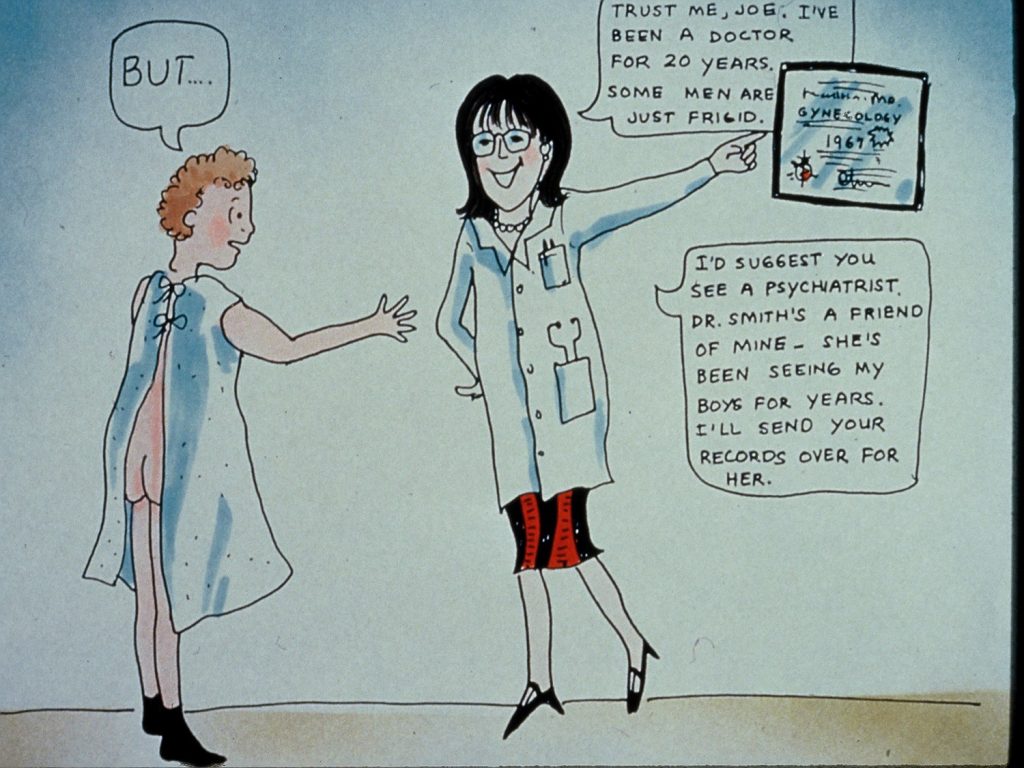Endometriosis is a chronic condition affecting millions of women around the world. The condition is often misunderstood and there are a number of myths floating around about it. It is important to understand the facts about endometriosis in order to seek proper diagnosis and treatment. You can also click on https://endometriosisassn.org/ if you want to know more information about endometriosis.

One of the most common myths is that endometriosis is a fertility problem. While it is true that endometriosis can affect fertility, it is also true that most women with endometriosis can still become pregnant and have healthy babies.
Another myth is that endometriosis is only found in women of childbearing age. While endometriosis is most common in women of reproductive age, it can affect women of any age. Endometriosis can even be found in pre-pubertal girls and postmenopausal women.
A third myth is that endometriosis is caused by an infection. While endometriosis is not caused by an infection, infections can cause inflammation which can worsen the symptoms of endometriosis.
Finally, there is the myth that women with endometriosis have to have surgery to be cured. While surgery can be a part of the treatment plan for endometriosis, it is not the only option. Other treatments, such as hormone therapy and lifestyle modifications, can also help to manage symptoms of endometriosis.
Endometriosis is a complex condition, and it is important to learn the facts about it in order to seek proper diagnosis and treatment. By busting these myths about endometriosis, we can help spread awareness and work towards finding better treatments for this condition.

